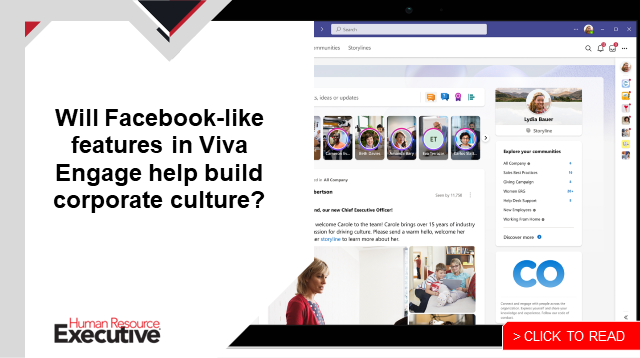There is no question that the pandemic accelerated new ways of working. Organizations needed more flexibility and fluidity as employees went remote and shuffled companies. This caused many employers to throw out the proverbial rule book and begin thinking differently about how work gets done.
One of the most significant changes we’ve seen during this time is the acceleration of skills. The frenzy over “skills” (reskilling, upskilling, unskilling, skilling 2.0, etc.) has recently ratcheted from a philosophical discussion to a verifiable necessity. Organizations have begun to realize the benefits of quantifying work at a much more granular level.
While the opportunities of skills are real, many organizations struggle to get started. We think part of the problem may be that they’re having the wrong conversations. Following, we highlight three questions we’re hearing about skills and three we think organizations should ask themselves instead.
Dumb discussion: What should we call skills?
Are skills the same as competencies? Are competencies the same as traits? Where do capabilities come in? Interestingly, in our conversations with 25 leaders who have started to implement a focus on skills in their organizations, every one of them said they don’t care what they’re called. These leaders tended to be much more interested in what they are: The ability to do a kind of work.
We think this conversation, which we’ve seen get pretty heated, detracts from bigger, more important questions.
Better discussion: What can we do with skills?
With a good skills strategy and decent skills data, possibilities open up to make organizations nimbler and more responsive. For example, organizations can:
- More accurately determine the skills needed for specific roles and gauge how qualified individuals are to fill those roles.

- Identify transferrable skills across roles and organizations, making mobility easier and potentially solving talent shortages.
- Determine which skills could be combined to create new roles that serve the strategy better or eliminate old roles that are no longer necessary.
- Identify employees with skills needed in other parts of the organization, enabling more mobility or gig work.
New possibilities open up when leaders ask themselves what they can do with skills instead of what to call them.
Dumb discussion: Which skills will be in the highest demand in 2025 globally?
Many articles offer insights into which skills will be the most prominent in 2025, 2030 or 2050. While these articles are excellent clickbait (I admit, I always click on them), speculations like these don’t serve organizations well. It is absurd to assume that all workers and all organizations will need the same skills.
Better discussion: Which skills does your organization need?
Figuring out the skills your organization should focus on is a do-it-yourself job. The skills your organization needs will vary by industry, business strategy, people strategy, changes to the external environment and so many other factors. They can’t all be found on one generic list.
As such, you and other leaders in your organization are best equipped to understand which skills you need and should focus on. Leaders we spoke to recommend forming a task force whose job is to answer questions like, “Do we limit our effort to just the top skills we think all employees need?” “What skills do we need to deliver the business strategy?” and “Do we want to start small, like with one function, or should we go big?”
Don’t be afraid to start the conversation. We promise others in your organization want to have it. Begin talking specifically about the skills your organization needs.
Dumb discussion: How do you get perfect skills data?
Many leaders are in search of perfect skills data. Everyone wants a perfect, clean dataset validated by both machines and humans. Don’t get me wrong: We’re big fans of clean, perfect datasets. The problem is we have yet to find one. Data is messy, and skills data is moreso because it is often compiled from so many systems.
Skills datasets are never going to be perfect. Not only is the number of skills increasing daily, but individuals within your organization are also continually growing and learning. Our data will always be slightly outdated even if we dedicate massive resources. 
Better discussion: How do we put imperfect skills data to use?
Organizations should instead focus on putting their skills data to use. One of the most common pieces of advice we heard from the leaders we interviewed was “START.” Start with your information and build on it as you recognize more data sources and the technology improves.
And while you’re consistently striving for better data, realize that it’s never going to be perfect. Leaders should think of their skills data as directional—enough to help them make better decisions.
Directional data can give organizations a sense for which skills they have and where their gaps may be. Understanding these gaps can help them make the right investments in employee development and acquisition. Directional data can also help managers and employees determine the right development strategies and career paths.
…
Moving to a skills mindset is hard and messy. The end goal and all of the possibilities aren’t entirely clear yet. Still, there is enough noise—from leaders dipping their toes, vendors creating solutions and futurists illustrating the promise—to start moving in that direction. As you begin these discussions in your own organization, asking the right questions can keep you from spinning unnecessarily.
The post 3 dumb questions about skills (and ones you should ask instead) appeared first on HR Executive.